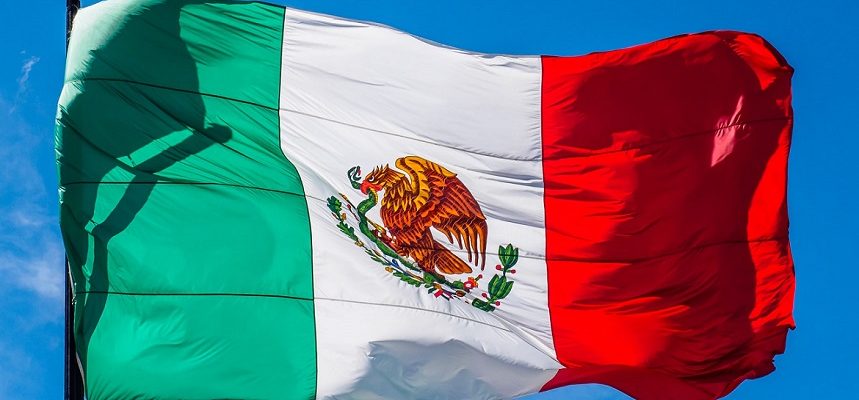Mexico’s pharma market, the second largest in Latin America and among the top 15 globally, is set to top USD 13 billion in sales by 2028. Despite the encouraging numbers, some industry insiders are bemoaning the current government’s healthcare missteps along with the country’s low public spending and regulatory hurdles.
“The Mexican pharmaceutical market, specifically the private market, has grown more in these last few years than it had in the previous decade, over 12 percent,” says Rafael Gual Cosío, director general of CANIFARMA, one of the country’s main pharma industry associations. Yet this level of sustained growth, according to Gual Cosío and other industry stakeholders, has not been without setbacks.
A restructured public system to blame for shortages
Currently, the INSABI [new goverment healthcare provider] has delivered less than two-thirds of the medicines it should have distributed, which has resulted in widespread shortages
Rafael Gual Cosío, CANIFARMA
Public healthcare institutions account for 70-80 percent of all medical services provided nationwide, while private healthcare institutions serve approximately 25–30 percent of the Mexican population.
“The three most important healthcare providers used to be the Mexican Institute of Social Security (IMSS) which provides health coverage for employees in the private sector, the Institute for Social Security and Services for State Workers (ISSSTE), which covers public sector employees, and the Seguro Popular that covers those that do not qualify for the other two due to their employment status,” explains Gual Cosío.
“This has changed dramatically. Replacing the Seguro Popular, the government created the Institute of Health for Welfare (INSABI), which from the onset did not have a clear structure or clear operational procedures, and it modified the way healthcare is delivered,” he lamented during a recent interview with PharmaBoardroom.
Gual Cosío says that while the defunct Seguro Popular – managed by the federal government – used to distribute funds to the 32 states plus Mexico City, which in turn delivered care, the new INSABI has handed over the acquisition and distribution of medicines to the states. “Currently, the INSABI has delivered less than two-thirds of the medicines it should have distributed, which has resulted in widespread shortages.”
Lack of public expenditure
The health system in Mexico suffers from overload, lack of early detection of diseases, preventive actions, as well as the need for greater investment
Rolf Hoenger, Roche Pharma Latin America
Health-related spending rose to 6.2 percent of Mexico’s gross domestic product in 2020 from 5.4 percent in 2019, according to the Organisation for Economic Co-operation and Development (OECD), yet the country remains in the 35th position out of the 37 OECD member states with respect to public health expenditure.
“The health system in Mexico suffers from overload, lack of early detection of diseases, preventive actions, as well as the need for greater investment,” according to Rolf Hoenger, head of Roche Pharma Latin America.
In a recent interview with Forbes Mexico, he argued that Mexico not only needs to double its investment in health research, but also needs to spend well. “The government must think about how to have a unified health system, so that the medical record of each citizen is available anywhere… That would be an improvement in the management of resources, and Mexico has that opportunity, like several countries in the world.”
Investing despite regulatory setbacks
The business environment [in Mexico] would significantly improve with faster regulatory approvals
Werner Baumann, Bayer
Bayer recently demonstrated its faith in the Mexican market by announcing a EUR 350 million investment in the country. CEO Werner Baumann, however, told EFE that “the business environment would significantly improve with faster regulatory approvals.”
CANIFARMA’s Gual Cosío argues that the system has seen important shifts on the regulatory side that have resulted in delays of approval procedures. “There is a huge backlog in product authorisations for all categories, both new molecules and generics, including modifications of sanitary registrations that were necessary because of the disruption of the global supply chains that forced producers to change suppliers of APIs. There are around 6,000 authorisations pending from the Federal Commission for the Protection against Sanitary Risk (COFEPRIS),” he claims.
Moreover, Gual Cosío is not overly optimistic about the prospect of the industry improving its relationship with the government. At least for the next two years. “Despite the opening of new channels of communication with the government, I do not see them changing their mindset. The next two years – which will be the last two of President Andrés Manuel Lopez Obrador’s six-year term – will most likely continue to be marked by uncertainty. Hopefully, the 2024 election cycle will bring positive change for the country in general. This government has not tried to build bridges whatsoever with the private sector and the pharma industry was one of the first targets,” he says.



